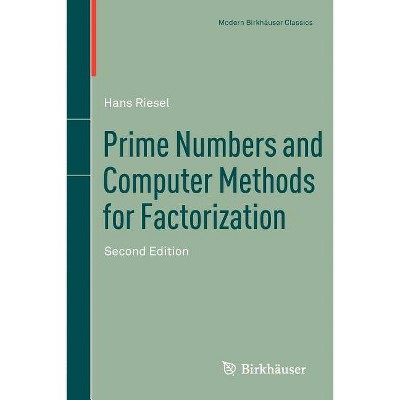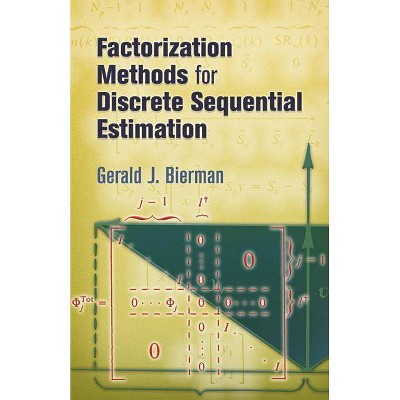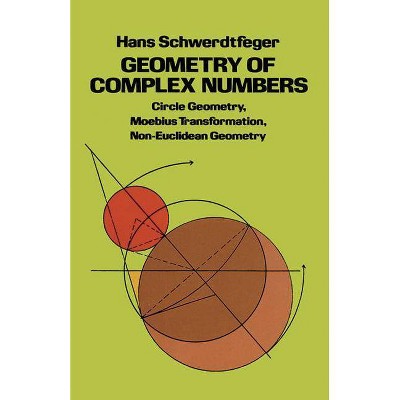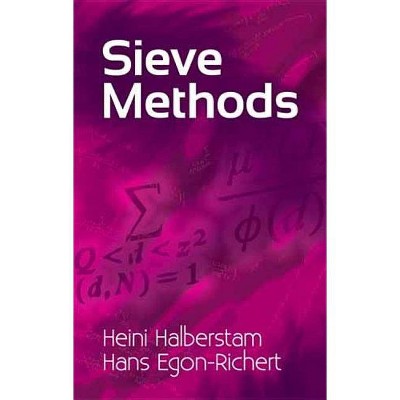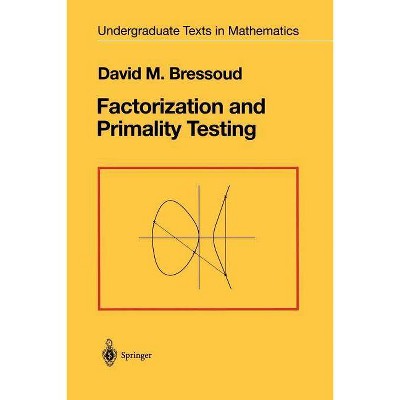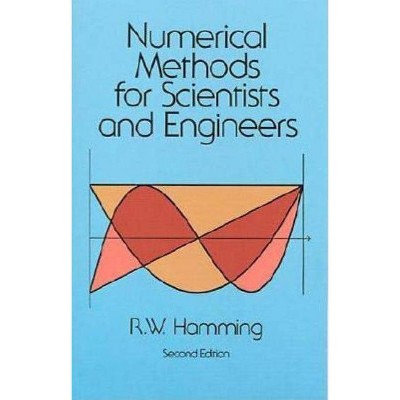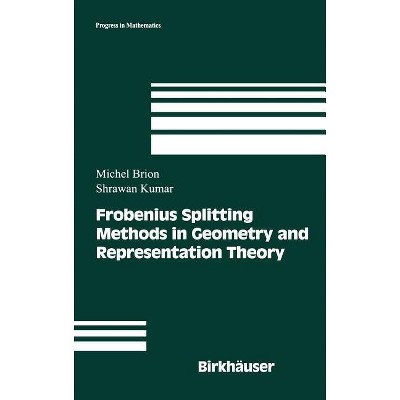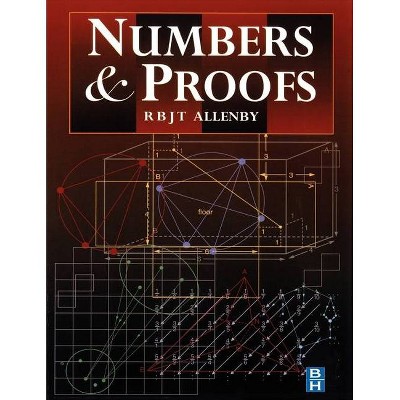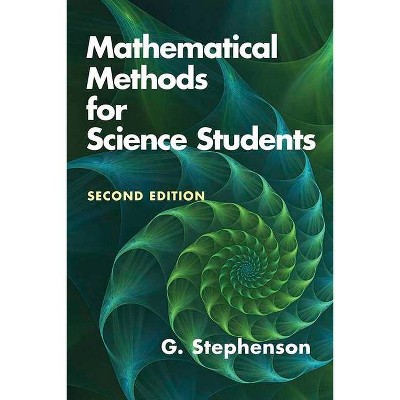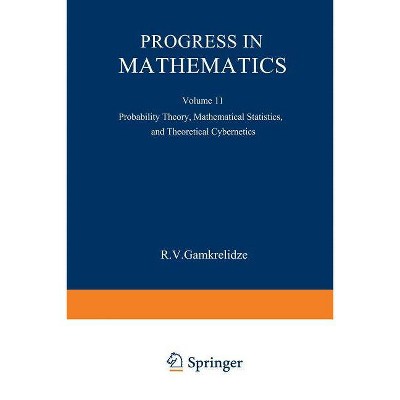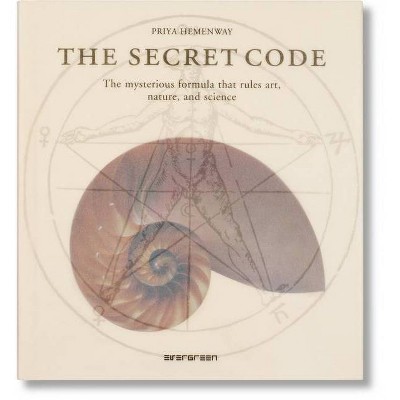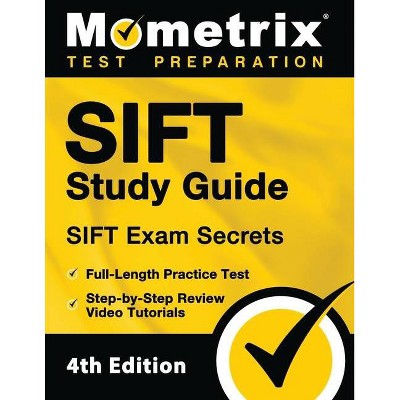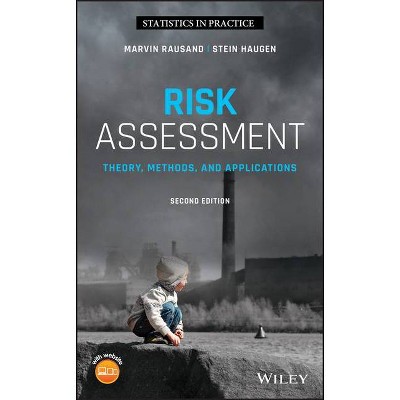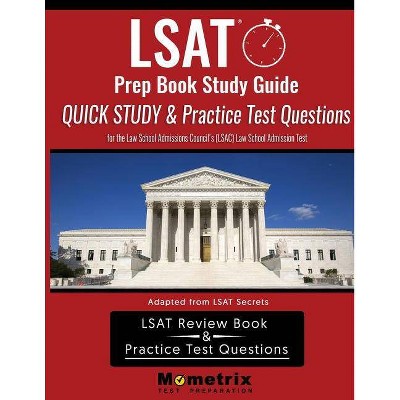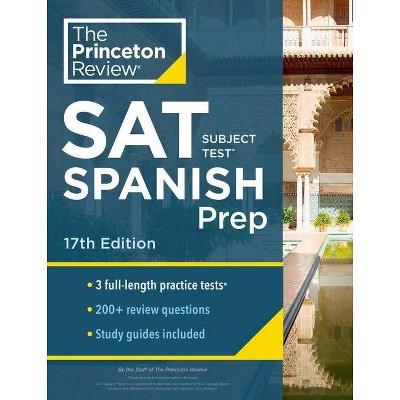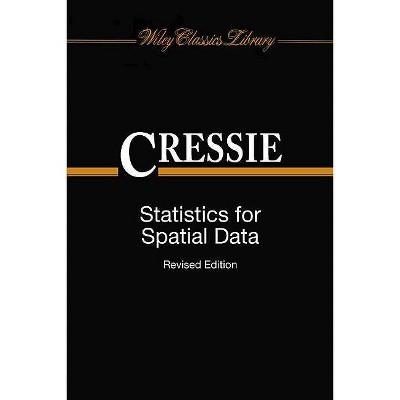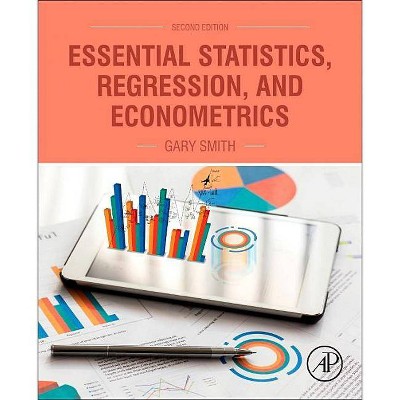Prime Numbers and Computer Methods for Factorization - (Progress in Mathematics) 2nd Edition by Hans Riesel (Paperback)
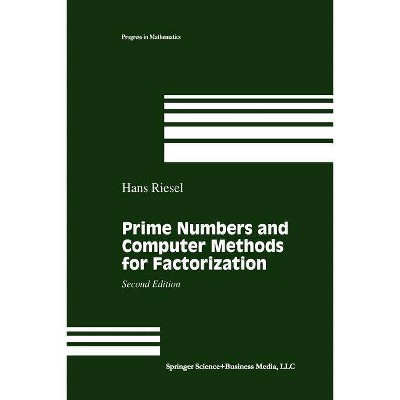
Similar Products
Products of same category from the store
AllProduct info
<p/><br></br><p><b> Book Synopsis </b></p></br></br><p>In the modern age of almost universal computer usage, practically every individual in a technologically developed society has routine access to the most up-to-date cryptographic technology that exists, the so-called RSA public-key cryptosystem. A major component of this system is the factorization of large numbers into their primes. Thus an ancient number-theory concept now plays a crucial role in communication among millions of people who may have little or no knowledge of even elementary mathematics. The independent structure of each chapter of the book makes it highly readable for a wide variety of mathematicians, students of applied number theory, and others interested in both study and research in number theory and cryptography.</p><p/><br></br><p><b> From the Back Cover </b></p></br></br><p>In the modern age of almost universal computer usage, practically every individual in a technologically developed society has routine access to the most up-to-date cryptographic technology that exists, the so-called RSA public-key cryptosystem. A major component of this system is the factorization of large numbers into their primes. Thus an ancient number-theory concept now plays a crucial role in communication among millions of people who may have little or no knowledge of even elementary mathematics.</p> <p>Hans Riesel's highly successful first edition of this book has now been enlarged and updated with the goal of satisfying the needs of researchers, students, practitioners of cryptography, and non-scientific readers with a mathematical inclination. It includes important advances in computational prime number theory and in factorization as well as re-computed and enlarged tables, accompanied by new tables reflecting current research by both the author and his coworkers and by independent researchers.</p> <p>The book treats four fundamental problems: the number of primes below a given limit, the approximate number of primes, the recognition of primes and the factorization of large numbers. The author provides explicit algorithms and computer programs, and has attempted to discuss as many of the classically important results as possible, as well as the most recent discoveries. The programs include are written in PASCAL to allow readers to translate the programs into the language of their own computers.</p> <p>The independent structure of each chapter of the book makes it highly readable for a wide variety of mathematicians, students of applied number theory, and others interested in both study and research in number theory and cryptography.</p><p/><br></br><p><b> Review Quotes </b></p></br></br><br><p>"Here is an outstanding technical monograph on recursive number theory and its numerous automated techniques. It successfully passes a critical milestone not allowed to many books, viz., a second edition. Many good things have happened to computational number theory during the ten years since the first edition appeared and the author includes their highlights in great depth. Several major sections have been rewritten and totally new sections have been added. The new material includes advances on applications of the elliptic curve method, uses of the number field sieve, and two new appendices on the basics of higher algebraic number fields and elliptic curves. Further, the table of prime factors of Fermat numbers has been significantly up-dated. ...Several other tables have been added so as to provide data to look for large prime factors of certain 'generalized' Fermat numbers, while several other tables on special numbers were simply deleted in the second edition. Still one can make several perplexing assertions or challenges: (1) prove that F\sb 5, F\sb 6, F\sb 7, F\sb 8 are the only four consecutive Fermat numbers which are bi-composite; (2) Show that F\sb{14} is bi- composite. (This accounts for the difficulty in finding a prime factor for it.) (3) What is the smallest Fermat quadri-composite?; and (4) Does there exist a Fermat number with an arbitrarily prescribed number of prime factors? All in all, this handy volume continues to be an attractive combination of number-theoretic precision, practicality, and theory with a rich blend of computer science." </p> <p><strong>-Zentralblatt Math</strong></p><br>
Price History
Price Archive shows prices from various stores, lets you see history and find the cheapest. There is no actual sale on the website. For all support, inquiry and suggestion messagescommunication@pricearchive.us
